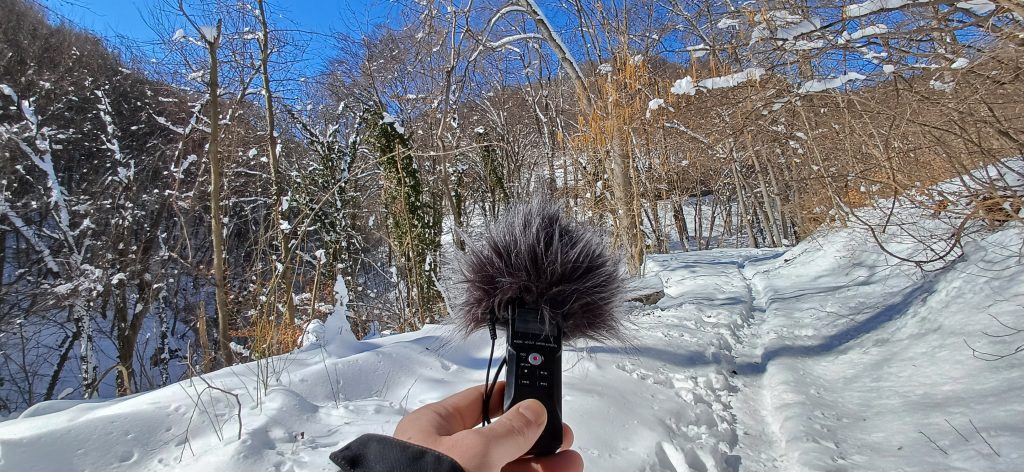Binaural sound recording is a technique that captures audio the way humans naturally hear it — in three dimensions. Unlike traditional stereo or mono recordings, binaural audio creates an immersive experience where listeners can perceive the direction, distance, and spatial characteristics of sound as if they were physically present in the environment.
🎙️ What is Binaural Audio?
The term binaural refers to “both ears.” Binaural recordings are made using two microphones, placed inside artificial ears or on either side of a dummy head, designed to mimic the shape of a human head. This setup captures how sound waves interact with the listener’s anatomy — including the head, ears, and torso — producing a realistic spatial audio effect when played back through headphones.
When listened to correctly, binaural recordings can create a 360-degree soundscape, allowing you to hear things above, below, in front of, behind, and beside you — a full 3D audio experience.
🕰️ A Brief History
- 1881 – The roots of binaural audio trace back to Clément Ader’s Théâtrophone in Paris, which used a pair of telephone lines and microphones to transmit opera performances in stereo.
- 1930s-40s – The BBC experimented with dummy head recordings, and by the 1970s, Neumann introduced the KU 80, a commercial binaural dummy head microphone.
- 1990s-Present – Binaural audio surged in popularity with the rise of virtual reality (VR), ASMR content, and immersive sound installations.
🧠 How It Works
The human brain localizes sound using three main cues:
- Interaural Time Difference (ITD) – The time delay between a sound reaching one ear before the other.
- Interaural Level Difference (ILD) – The difference in volume or intensity between both ears.
- Head-Related Transfer Function (HRTF) – How the shape of the ears, head, and body filter and modify sound.
Binaural microphones capture all of these cues naturally, which the brain interprets when played through headphones. The result: hyper-realistic audio imaging.
🛠️ Recording Techniques
There are a few ways to capture binaural audio:
- Dummy Head Microphones: These are professional-grade setups like the Neumann KU100, shaped like a human head with microphones in each ear. They’re accurate but expensive.
- In-Ear Binaural Mics: Lightweight and portable options like the Roland CS-10EM or Sound Professionals SP-TFB-2 that plug into a recorder and sit inside your ears while you walk or move — ideal for field recording.
- DIY Setups: Some creators use small omnidirectional mics placed on either side of a foam head, or even fashion their own dummy head from wood, plastic, or mannequin heads.
🎥 Modern Applications
Binaural sound is increasingly used in:
- Virtual Reality (VR) and Augmented Reality (AR) for spatial immersion.
- Field Recording and Nature Soundscapes — for capturing environments in a lifelike way.
- ASMR content — to enhance intimacy and realism.
- 3D Audio Tours — such as museum experiences or location-based storytelling.
- Film and Game Sound Design — to heighten realism and draw audiences deeper into scenes.
Listen or Download
🎧 Listening to Binaural Audio
To experience binaural recordings correctly:
- Use headphones (not speakers).
- Avoid noise-canceling settings that alter spatial cues.
- Close your eyes and focus — the effect is often subtle but deeply immersive.
🌍 Why It Matters
Binaural recording bridges the gap between real-world experience and audio storytelling. Whether you’re producing a documentary in the forest, guiding a listener through an imaginary world, or recording your morning walk through a city, binaural sound gives your audience a front-row seat — right in your shoes.
🧪 Want to Try It?
If you’re a creator, field recordist, or audio enthusiast, start experimenting with in-ear binaural microphones. They’re affordable, easy to use, and offer a unique sonic perspective that traditional mics simply can’t replicate.
Final Thoughts
In a world driven by immersive experiences, binaural sound recording offers a powerful tool for storytelling, memory-making, and emotional connection. It’s not just about sound — it’s about being there.



